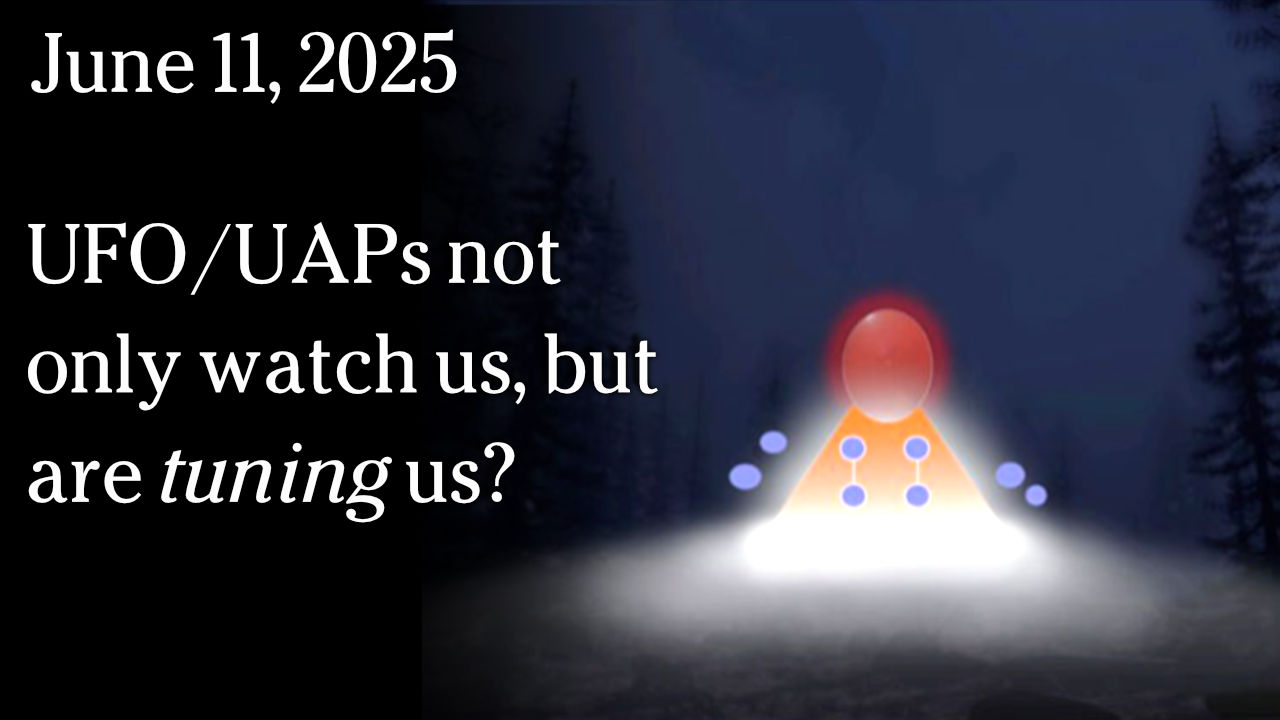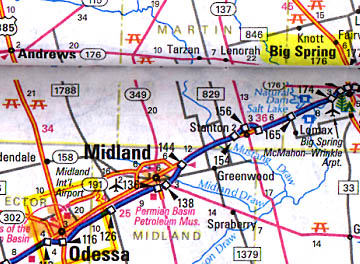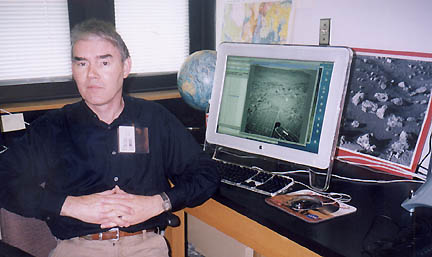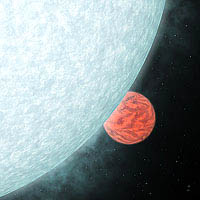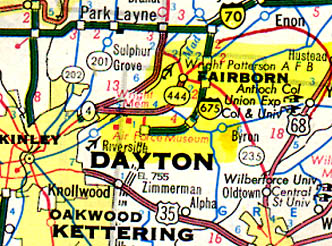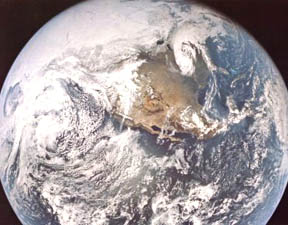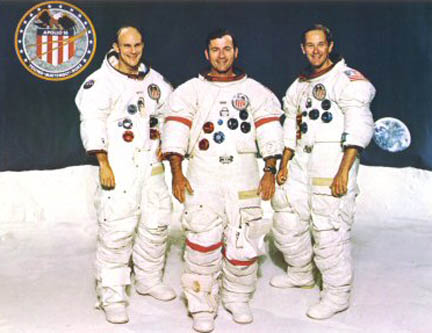“This (U. N.) report is essentially an audit of nature’s economy, and the audit shows we’ve driven most of the accounts into the red.”
– Jonathan Lash, World Resources Institute
March 31, 2005 Washington, D. C. – This week, the United Nation’s Millennium Ecosystem Assessment program held press conferences in London, Washington, D.C., Tokyo, Beijing, New Delhi, Brasilia, Cairo, Nairobi and Rome to announce results from an unprecedented study of the Earth’s ecosystem by more than 1300 scientists from 95 countries that began in 2001. The current data is sobering. Fifteen of the twenty-four services the assessment analyzed have degraded – most notably fresh air and water, fisheries, water purification, forests, other habitats and the regulation of climate, natural hazards and pests. Click for report.



